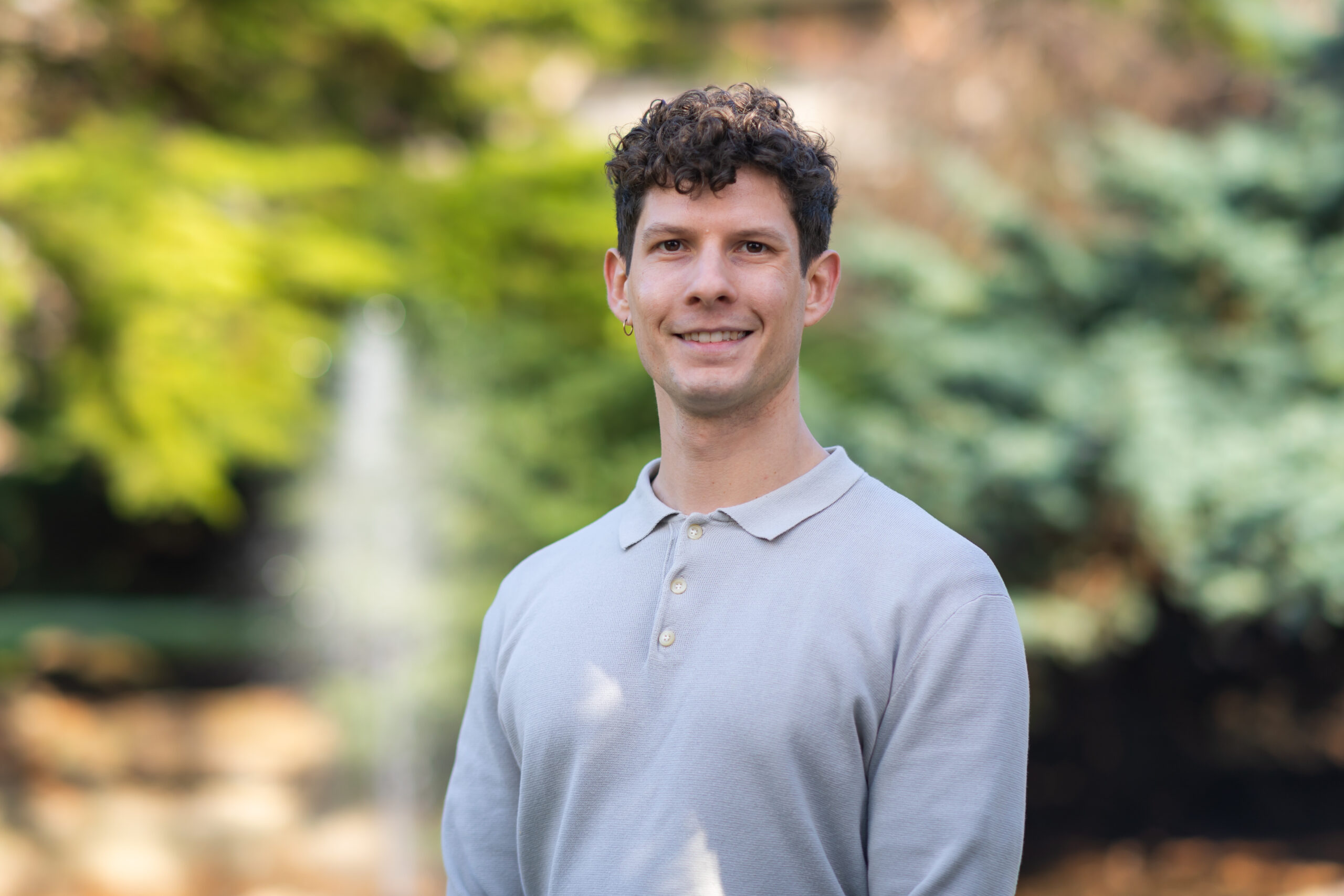Revealing an enabling environment

New research from Living Positive Victoria and the Australian Research Centre in Sex, Health and Society, La Trobe University, shows how peer support can improve quality of life for people living with HIV.
People living with HIV have unique resources to offer each other and health systems. In Australia, the communities most affected by HIV and AIDS, including gay men and people living with HIV, mobilised early to participate in leadership, policy development and the promotion of HIV prevention and awareness. This collective effort, known as the Australian Partnership, saved thousands of lives and brought about lasting social change in communities.
In the post-ART area, HIV is sometimes thought of as a personal medical issue. In this context peer programs are often evaluated as ways to improve viral suppression or treatment adherence. Yet stigma, discrimination and health inequity still have a major impact on the quality of life that people living with HIV experience in Australia.
In this study we thought of peer support in terms of how it contributes to quality of life for people living with HIV. We wanted to recognise that quality of life, defined as how people view their overall position in life, is not solely determined by individual behaviour or psychological resilience to something like an HIV diagnosis. Among other social, cultural and economic factors, quality of life relates to community, care, support and service environments.
Our research examined Living Positive Victoria’s peer navigation program. The initial findings, published in Frontiers in Public Health, focus on the perspectives of the peer workers and healthcare professionals involved in the program. These clinicians and peer workers had a close working knowledge of peer navigation and other factors relevant to the quality of life people living with HIV experience, such as the influence of stigma on relationships and engagement in healthcare and community.
The exchange of insights and experiences during peer navigation was seen as a valuable source of acceptance, belonging, hope and reassurance for people living with HIV. For newly diagnosed, socially isolated or culturally diverse people living with HIV, peer relationships were thought to mediate the effects of stigma on self-esteem and their ability to access other kinds of help and support. Participants expected that navigation with an experienced peer could ease treatment-related and nonclinical aspects of life with HIV, such as relationships and discrimination, and guide people living with HIV in their journey towards becoming part of the people living with HIV community.
Community environments were where program stakeholders hoped people living with HIV could meet their ongoing emotional and social needs. In this sense, peer navigation was seen as revealing a socially supportive environment that enables better quality of life. This program theory acknowledges the ways that peer programs work as part of and in collaboration with communities, and accounts for how a relatively short-term intervention may lead to sustained improvements in quality of life. This emphasises the value of the community and support structures that form part of health enabling environments. If there are no safe services or community structures that navigators can lead people to, their impact on quality of life may be limited.
By speaking with a wide range of stakeholders we also learned important things about the quality of peer interactions with people living with HIV and the providers of clinical care. Peer workers were clear that the insights they coproduced with new clients are improved and refined though their engagement with many people living with HIV, including their experienced peer colleagues. There was also evidence that when clinicians and peers worked closely together, as they did in this program, they shared insights which were used to improve the quality and continuity of care, particularly for people living with HIV from culturally diverse and low prevalence groups. Our findings underscore the value of such initiatives being led by peer organisations and the improvement that peer programs can contribute to healthcare services.
The full methods, findings and conclusions of this work are available to read for free, in Frontiers in Public Health. Future work soon to be published explores the experiences of the heterosexual men and women and the new and temporary migrants, including gay, bisexual and queer people, who participated in the program. The authors would like to express their appreciation to the 27 people living with HIV and the 30 peer workers and clinicians who made this study possible.
Krulic T, Brown G, Graham S, Hoy J and Bourne A (2023) Revealing an enabling environment: How clinical community and clinical stakeholders understand peer navigation to improve quality of life for people living with HIV in Australia. Front. Public Health 11:1101722. doi: 10.3389/fpubh.2023.1101722
Photo: Timothy Krulic is the lead author of this research. He is a PhD candidate at the Australian Research Centre in Sex, Health and Society at La Trobe University and Living Positive Victoria Health Promotion Team Lead.